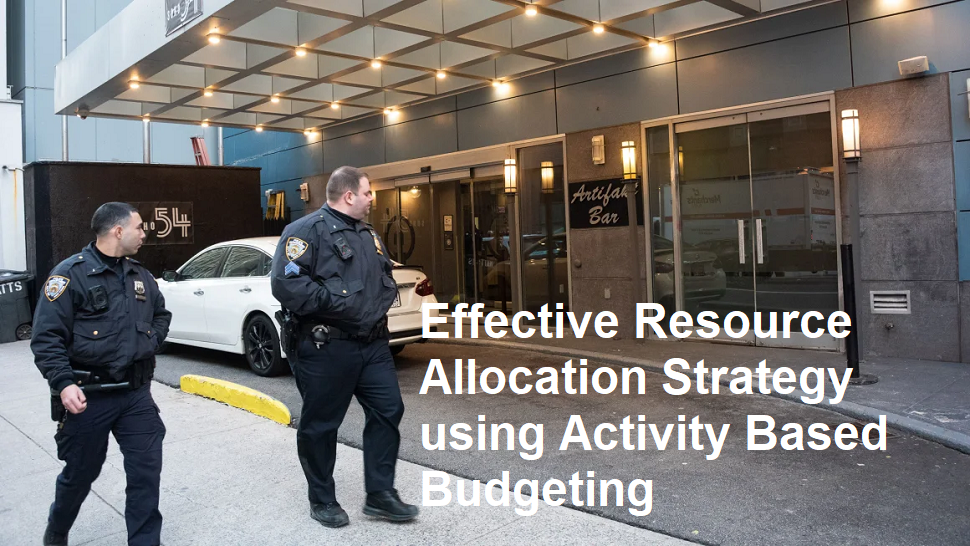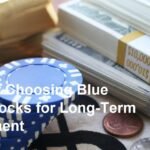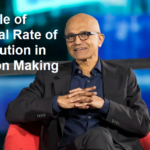South Korea’s inflation rate climbed to 2.1 percent on a year-on-year basis in March 2025, according to the latest data from Statistics Korea. This unexpected increase has caught the attention of economists and market watchers alike, as most had forecasted a decline to 1.9 percent. The higher-than-expected inflation rate has fueled growing speculation that the Bank of Korea (BOK) may temporarily hold off on further easing its monetary policy measures.
The recent data indicate that while inflation remains relatively low by historical standards, the slight uptick suggests that underlying price pressures in the economy may be more persistent than previously thought. Analysts point to several factors that could be contributing to this unexpected rise. First, increased global commodity prices have exerted upward pressure on the cost of imported goods. Second, domestic demand has shown signs of robust recovery following the easing of COVID-19 restrictions, with consumers increasingly willing to spend despite rising prices.
This inflation trend is being closely monitored by the Bank of Korea, which has been cautious in its approach to monetary policy in recent months. In an environment of low inflation and modest economic growth, the BOK had been gradually easing its policy stance to support the recovery. However, the latest figures suggest that inflation may be more resilient, prompting policymakers to reconsider the pace and scale of any further measures aimed at stimulating the economy. “A more persistent inflationary trend could force the BOK to maintain its current stance, at least in the near term, as they balance the risks of overheating the economy against those of a prolonged slowdown,” said one prominent economist.
Market participants have already started to react to the news. Investors are recalibrating their expectations for interest rate movements, with many now anticipating that the BOK might hold off on additional rate cuts. This cautious approach is seen as necessary to avoid igniting further inflationary pressures, which could complicate the recovery process. The implications for borrowers and consumers are significant; while low interest rates have traditionally made financing more accessible, a pause in monetary easing might signal a return to a more cautious credit environment.
The broader economic context also plays a critical role in shaping monetary policy decisions. South Korea’s economy has shown steady signs of recovery after the pandemic-induced downturn, but structural challenges remain. Issues such as an aging population, a highly competitive global market, and supply chain disruptions continue to weigh on long-term growth prospects. Against this backdrop, the Bank of Korea faces a delicate balancing act: supporting recovery without allowing inflation to run too far ahead.
Business leaders and consumer groups have expressed mixed reactions to the inflation data. Some welcome the sign of rising demand as a positive indicator of economic resilience. Others, however, worry that sustained higher inflation could erode purchasing power and complicate household budgeting, especially for lower-income groups. “While moderate inflation is not necessarily a cause for alarm, unexpected increases can undermine consumer confidence and affect spending habits, which are crucial for sustaining economic growth,” noted an industry analyst.
The government, too, is keeping a close watch on inflation developments. Fiscal authorities are expected to collaborate with the central bank in monitoring economic indicators and, if necessary, adjusting policy tools to mitigate any adverse effects. Coordinated efforts between monetary and fiscal policy could be essential in navigating the complex economic landscape, ensuring that the recovery remains on track while preventing runaway inflation.
As March’s data continue to ripple through financial markets, all eyes are on the next policy meeting of the Bank of Korea. With inflation now slightly above expectations, the BOK’s next moves will be critical in setting the tone for the rest of the year. For now, the decision appears poised between maintaining accommodative measures to foster growth and tightening policies to rein in inflation. In either scenario, the unfolding economic dynamics in South Korea will undoubtedly offer important lessons for policymakers worldwide as they confront similar challenges in a post-pandemic global economy.












